May 18 marks International Museum Day (IMD), an annual celebration of the global museum community coordinated by the International Council of Museums (ICOM) – a worldwide network of over 44,000 museum professionals at 20,000 museums in more than 138 countries.
This year, however, the 44th IMD anniversary will be different as many museums remain shut because of the novel coronavirus pandemic.
From exploring Indonesia's vast cultural and ethnic diversity in its East Java, to recalling Chinese maritime history through the lighthouse establishments across Hong Kong, museums and art institutions responded to ICOM's invitation by launching diverse online digital events celebrating IMD 2020 themed "Museums for Equality: Diversity and Inclusion."
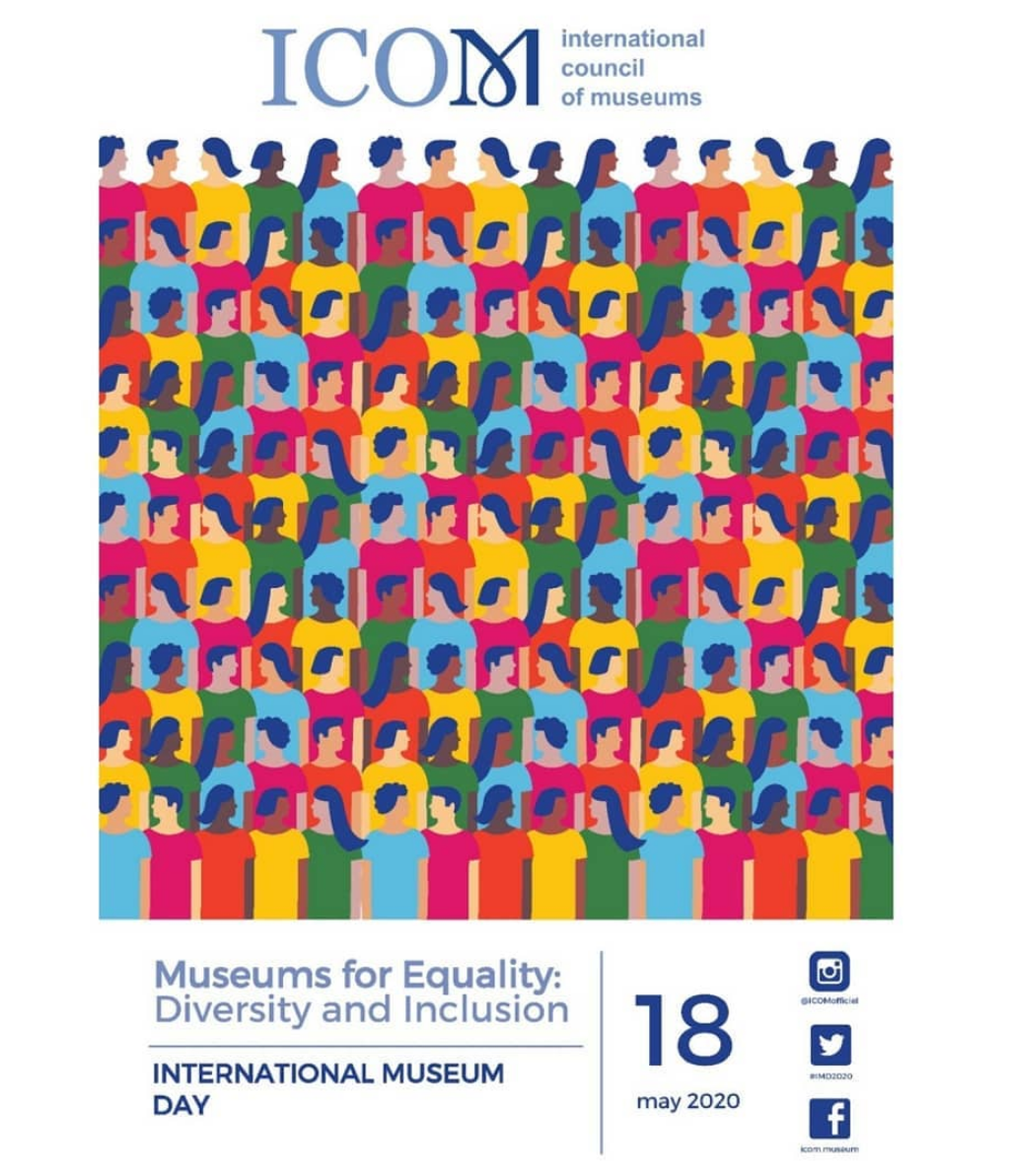
Poster for the IDM 2020 /ICOM
Poster for the IDM 2020 /ICOM
"IMD 2020 aims at becoming a rallying point to both celebrate the different perspectives that make up the museum communities, and champion tools for identifying and overcoming bias in what they display and the stories they tell," said the ICOM in its proposal.
Diverse digital initiatives in the time of social distancing
Following the coronavirus outbreak and subsequent restrictions, museums have exploited the internet and launched creative initiatives and digital programs, including online exhibitions, virtual tours, livestreams, and VR games, to reach their audience remotely, and as to ensure diversity and inclusion in the time of social distancing.
Online exhibitions are a popular solution to museums and galleries across the globe showcasing their latest exhibits and classic collections in virtual showrooms.
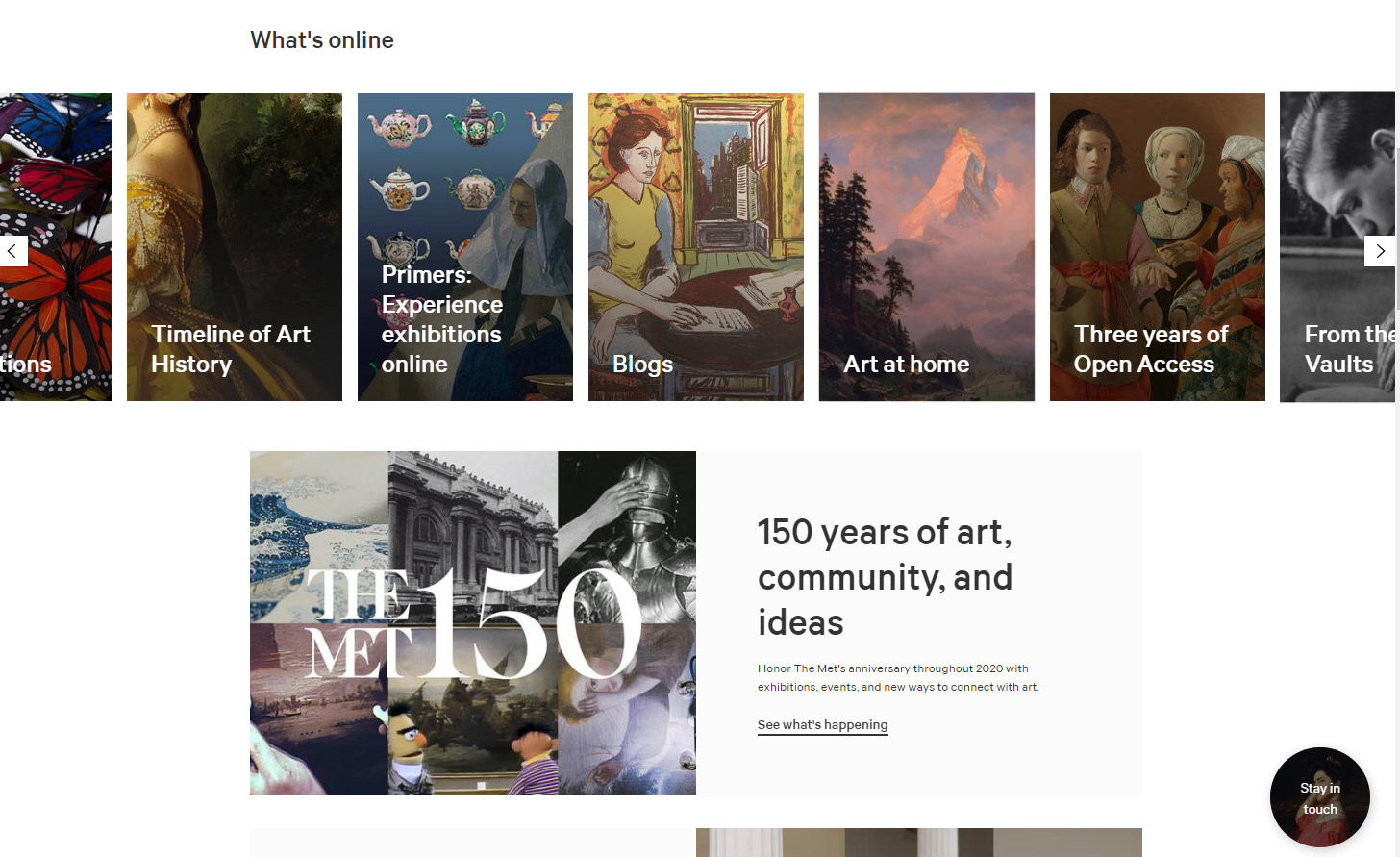
The Metropolitan Museum of Art launches a series of online exhibitions and digital programs.
The Metropolitan Museum of Art launches a series of online exhibitions and digital programs.
Museums and galleries that have been temporarily closed to the public remain active on social media, rolling out a slew of online exhibitions that cover a wide variety of topics, from a throwback to the ages of ancient kingdoms to a sneak peek into the world of the most avant-garde fashion.
Many have also opened up their doors to the wonders of virtual reality to offer diverse and immersive experiences, allowing the public to "walk around" and admire the most sought-after exhibitions and collections from the comfort of home.
Top-tier institutions around the world, including some big names like the Metropolitan Museum of Art (the Met), British Museum, and China's Palace Museum, opened their vast online archives with expanded and upgraded online databases.
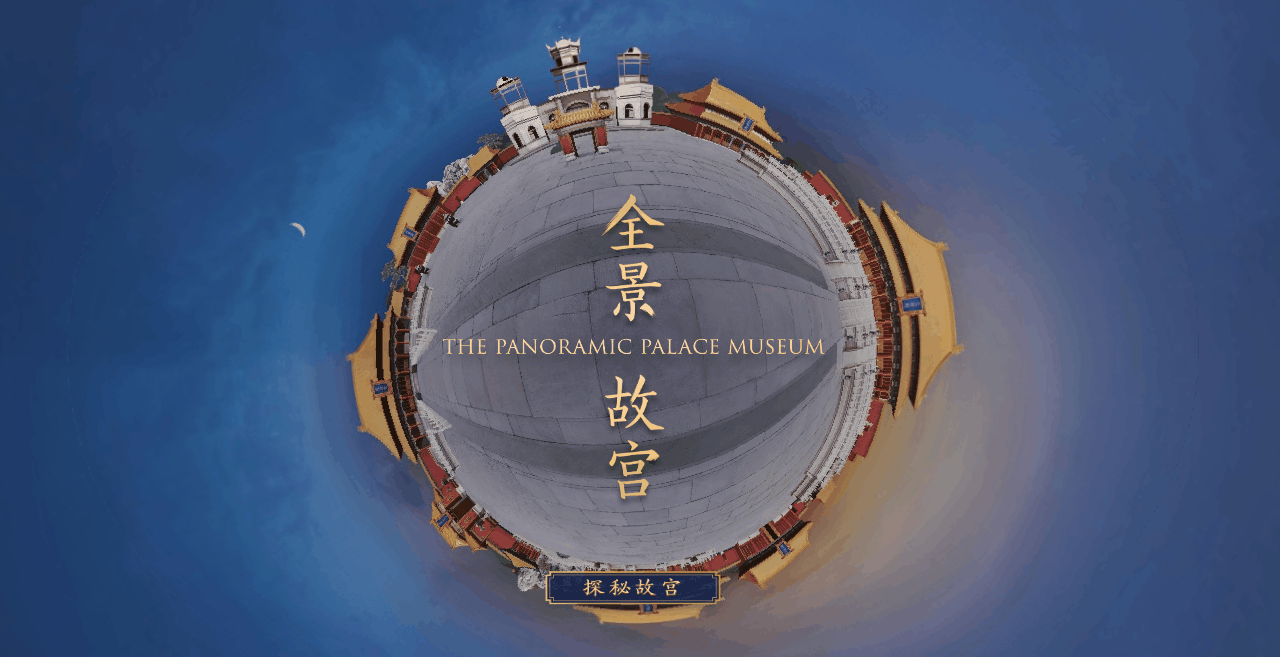
The digital program "The Panoramic Palace Museum" for the former royal residence and office complex in Beijing, China.
The digital program "The Panoramic Palace Museum" for the former royal residence and office complex in Beijing, China.
The Met has provided open access to its substantial digital resources, including images, videos, books and papers, allowing art lovers to explore artists' studios from home and see the creative process behind works by artists such as Gerhard Richter.
Housing upwards of 4.7 million items, the museum invited staff to focus on different areas and share interpretations of the collections from their perspective. It also launched an online art history course called "The Heilbrunn Timeline of Art History," which combed its collections, exhibitions and hundreds of papers published about art over the past 20 years.
In China, livestreams of museum staff or researchers telling the stories and secrets behind the historical sites, collections and cultural relics, has become a huge hit, drawing tremendous online traffic during the self-isolation time.
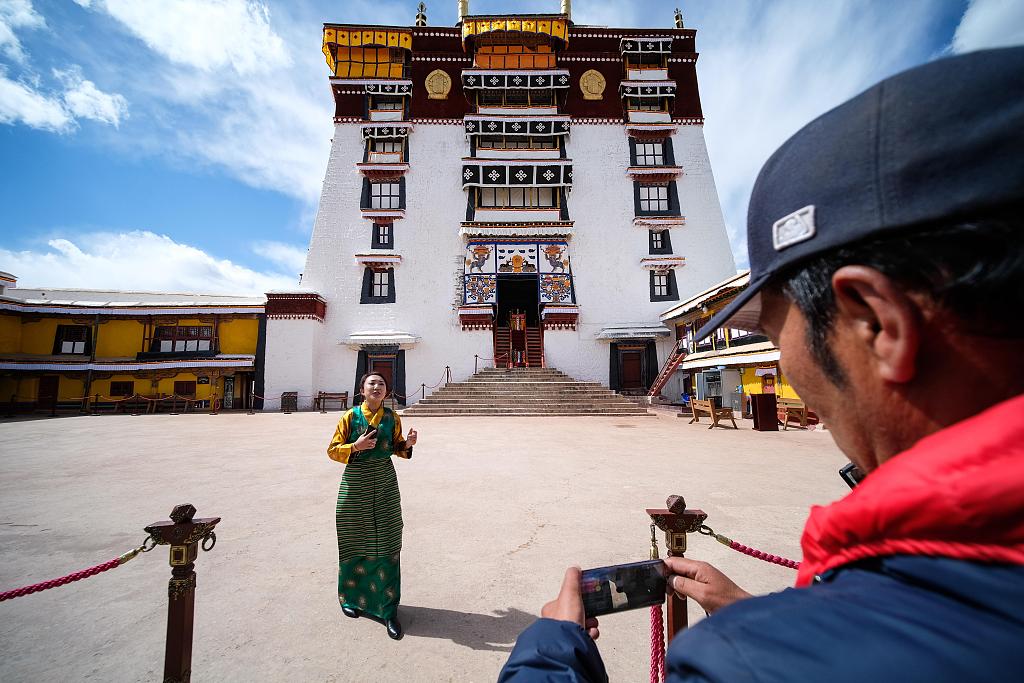
The Potala Palace launches its first-ever online guided tour on March 1, 2020 in Lhasa, southwest China's Tibet Autonomous Region. /VCG
The Potala Palace launches its first-ever online guided tour on March 1, 2020 in Lhasa, southwest China's Tibet Autonomous Region. /VCG
The first-ever online guided tours of Tibet-based Potala Palace stirred a heated discussion on social media, as it offered an opportunity to take a closer look for those who dreamed of visiting the world's highest ancient palace.
Last month, down town Beijing's iconic landmark Palace Museum also had its first ever livestream in celebration of its 600th anniversary, receiving upwards of 10 million views on a single platform.
These "cloud museum tours" make mysterious history and high-end arts more accessible to millions of households that are undergoing social distancing protocols, creating a more inclusive environment.
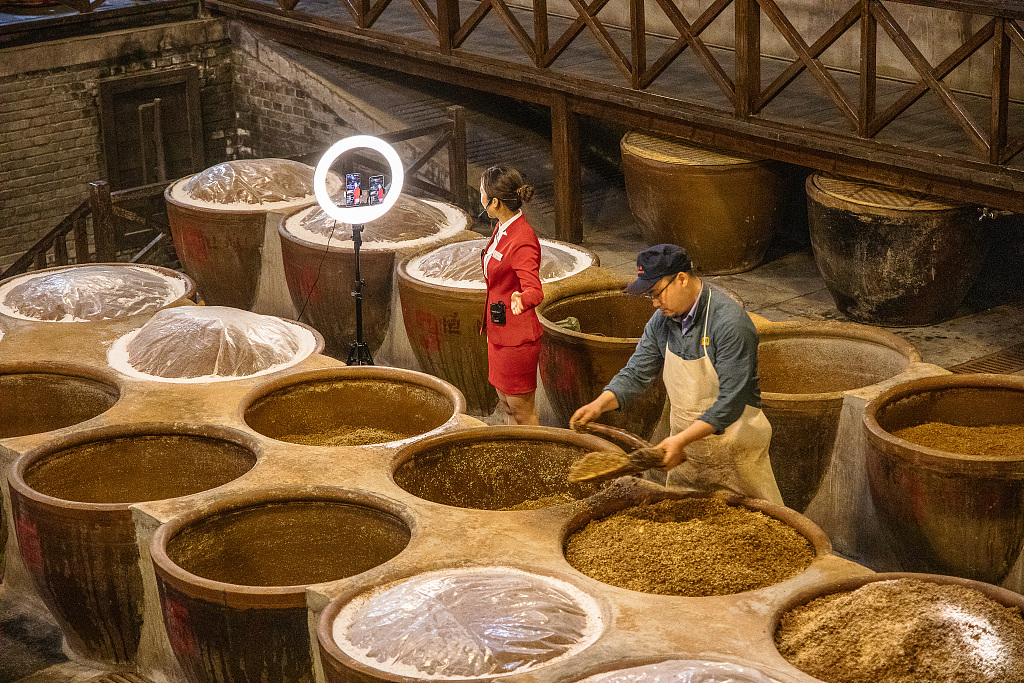
A staff introduces how to make vinegar through a live stream at the Chinese Vinegar Culture Museum in Zhenjiang, Jiangsu, April 20, 2020. /VCG
A staff introduces how to make vinegar through a live stream at the Chinese Vinegar Culture Museum in Zhenjiang, Jiangsu, April 20, 2020. /VCG
In addition to online guided tours, museum livestreams were conducted in diverse forms with various topics, including cultural relic-themed talk shows and presentations of traditional crafts.
In cooperation with e-commerce giants such as Alibaba's Taobao, some also launched livestreams to promote creative cultural products.
Insiders believe that diverse digital initiatives of museums and galleries not only help them engage wide audiences and communities, but also boost diversity and inclusivity in a more dynamic museum ecosystem.
Trends toward digitalization accelerated
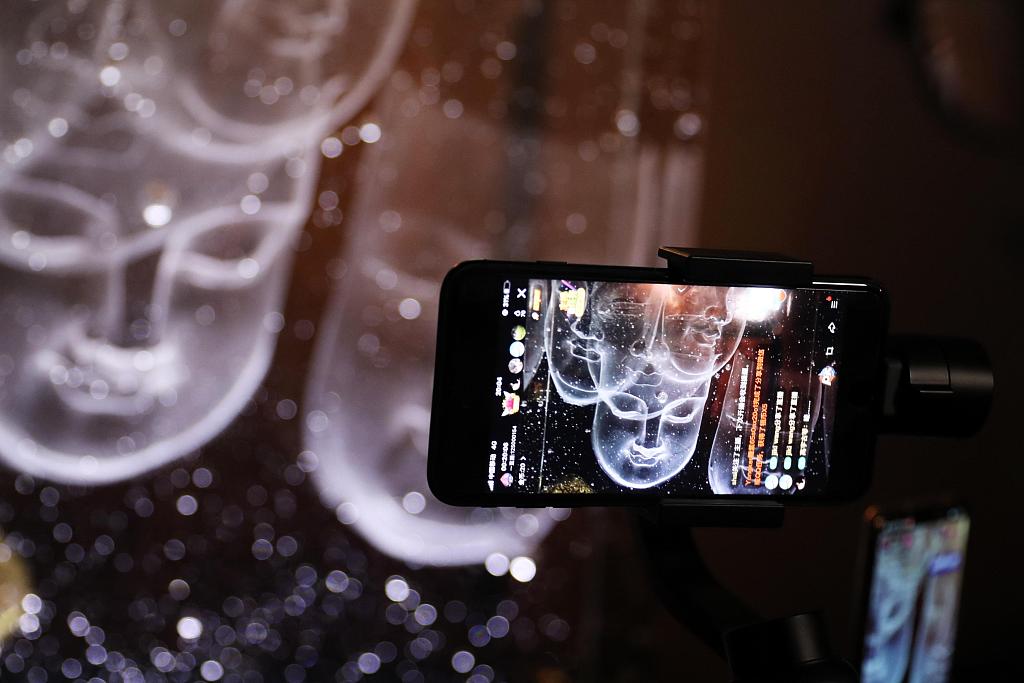
To celebrate the IMD 2020, the Liuli China Museum launched a live streamed tour in Shanghai, China, May 16, 2020. /VCG
To celebrate the IMD 2020, the Liuli China Museum launched a live streamed tour in Shanghai, China, May 16, 2020. /VCG
COVID-19, to certain extent, accelerates digitalization and visualization trends for museums and cultural institutions as they have already been utilizing increasing amounts of technology, not only to reach their public remotely, but also to enhance events and improve the user experience.
For some, the pandemic forced them to quickly digitize their plans for the next few years to engage their communities and survive the crisis.
CG, AR or VR technologies were combined to showcase sites and exhibitions with a realistic yet artistic approach and create a more entertaining, immersive experience.

Virtual reality game offers new viewing angles of Palace of Versailles.
Virtual reality game offers new viewing angles of Palace of Versailles.
The emerging digital museums and domestic technologies drove the speed at which virtual exhibitions and tours could be turned into an outlet of creativity, inspiration and reflection.
Dunhuang Academy China has developed an easy-operating and popular way to explore the Mogao Grottoes on WeChat, Weibo, the official website and other platforms to with a series of initiatives including "Digital Dunhuang" and "Digital Creativity of Dunhuang Culture."
Noting that the pandemic has posed new challenges for museums, Zhao Shengliang, director of Dunhuang Academy China, suggested "making extensive use of advanced technologies and build a communication system that integrates online and offline services with the help of high-speed transmission brought by 5G and cloud computing."
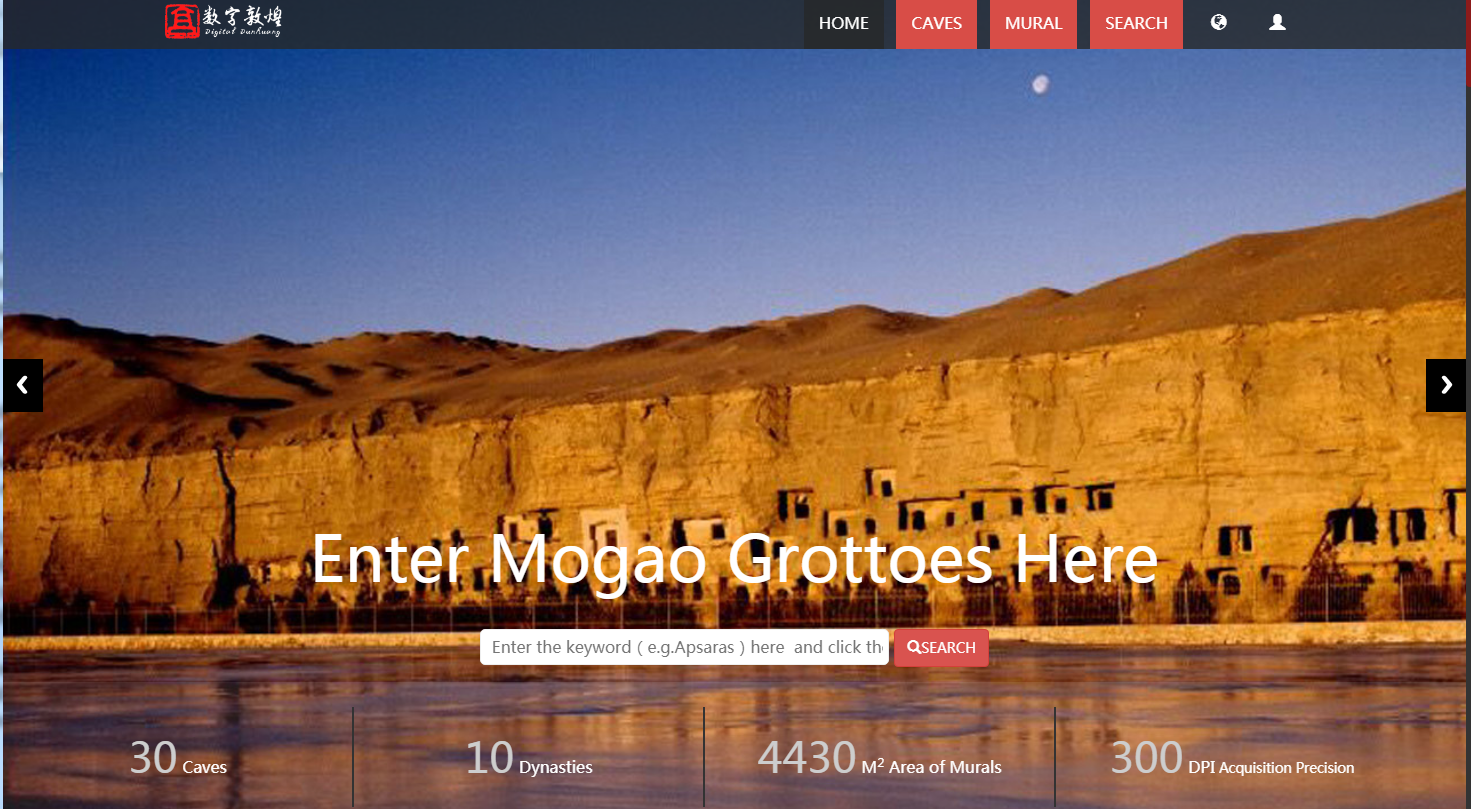
"Digital Dunhuang," a digital initiative launched by Dunhuang Academy China.
"Digital Dunhuang," a digital initiative launched by Dunhuang Academy China.
Experts, however, pointed out that the informatization progress of domestic digital museums is still lagging behind that of society in general.
Additionally, digital museums in the future should be "smart" in order to meet the increasing demands of more dynamic displays, in-depth interpretations and well-curated experiences.
Wang Chunfa, director of the National Museum, noted that the management and operation of museums today are more intelligent, customized and scientific, meaning there is the high demand for an increasing number of versatile talents who understand both museum business and information technology in the future.
"Smart museums are not simply built with some application systems and multimedia displays, but need a complete multi-end integration system of 'human + exhibits + application + management', which needs to be built under a unified standard system," said Wang.
Click for more:
Visit online exhibitions at home to enjoy a cultural feast amid epidemic
'Don't forget us!' Europe's museums respond to COVID-19
(Cover image by Pan Yufei)